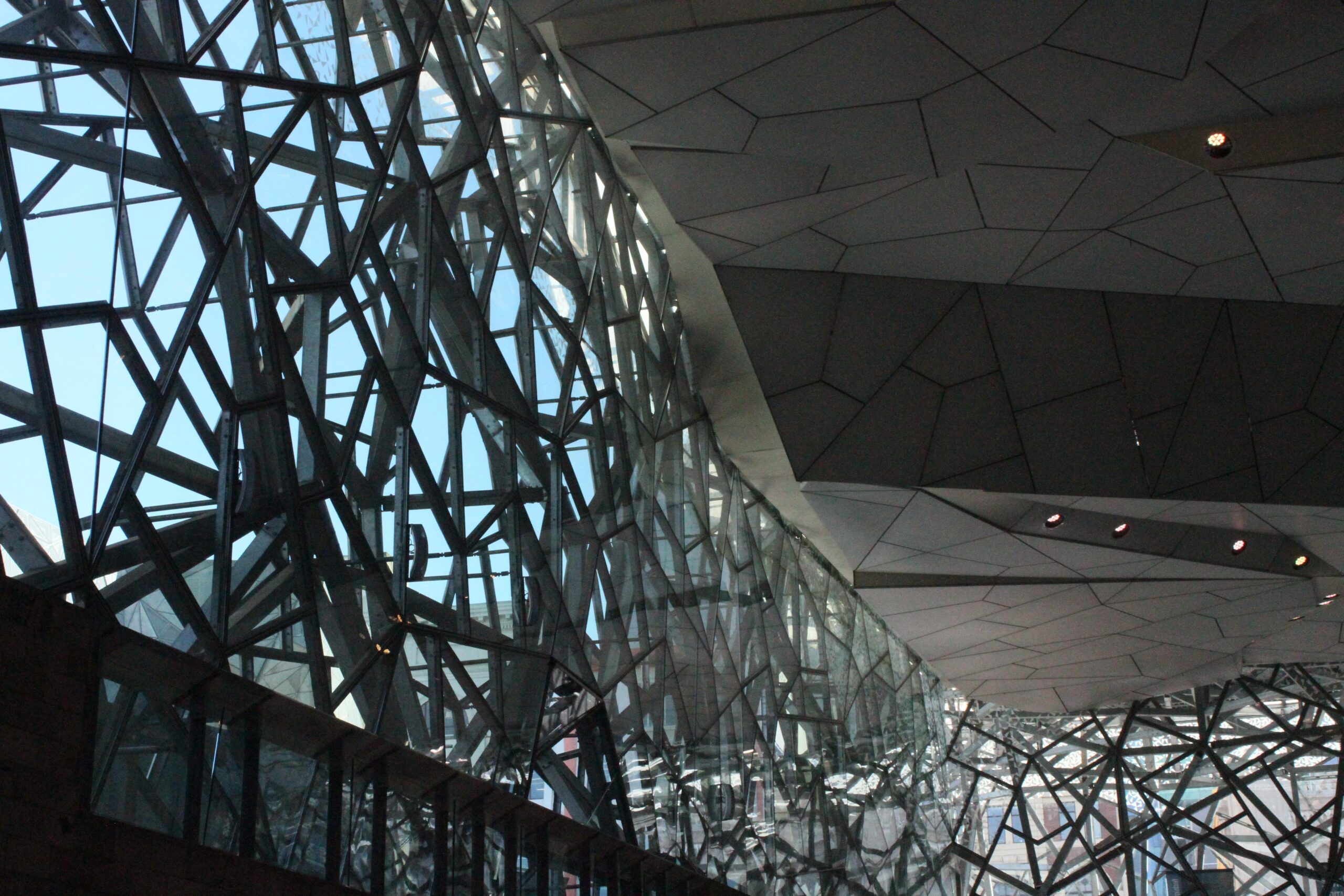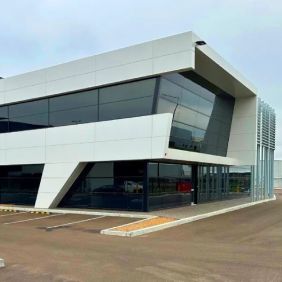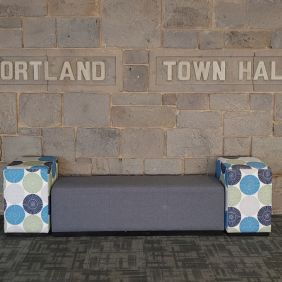Whether you’re looking to freshen up your office, or thinking of building from the ground up, you’re sure to get plenty of inspiration from these futuristic morsels depicting the evolution of human dwellings.
With environmentalism and resourcefulness on the rise in the construction industry, why not take the time to research how you can play your part by renovating in a more conscious manner.
Clever Design
Moshe Safdie is an internationally recognized architect who uses the surrounding landscape as inspiration for his structures.
While we’re used to apartments being monoliths that block out the view, he challenges our preconceived notions creating edifices that go beyond the imagination and add value to their external environment.
Less is more
With “Tiny House Nation” making the rounds, the concept of “less is more” is becoming more popular.
Millennials are abandoning their pursuit of big mansions and fancy cars for the simple life, opting for clever designs and less material possessions.
In order to facilitate this revolution, companies are cleverly creating sleek caravan homes that keep things down to the bare necessities.
Check out these capsule trailers for a taste of what’s to come.
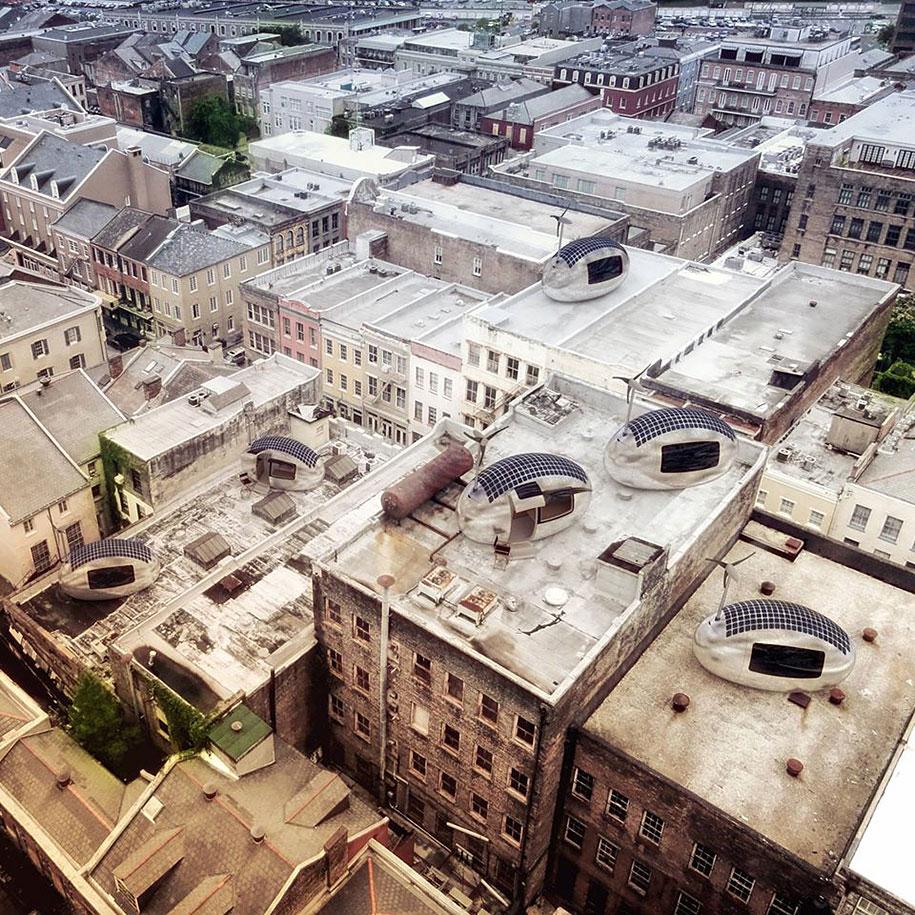
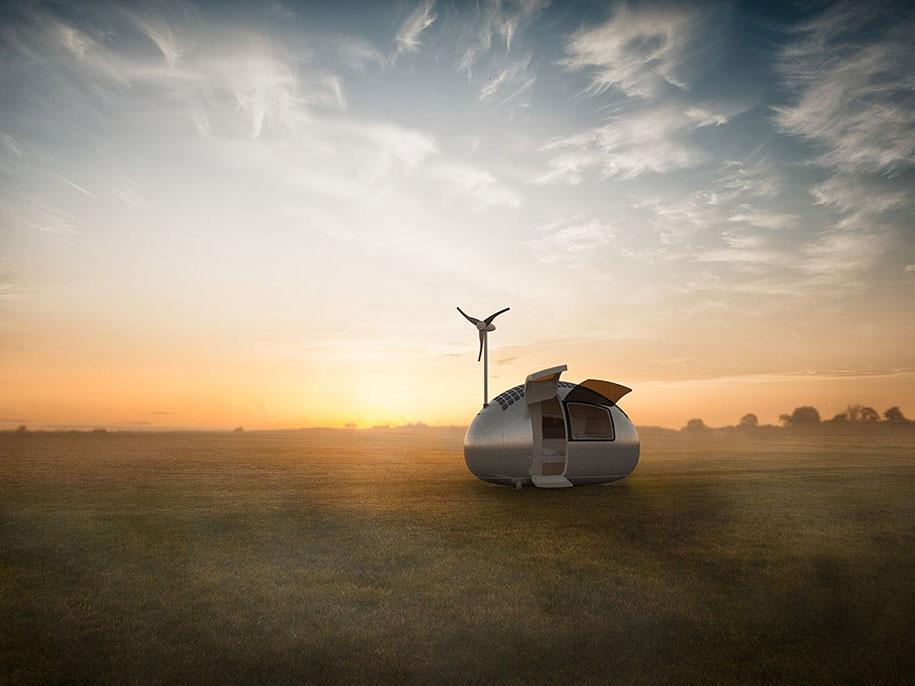
Alternative Materials
Why stick to cement and stone when sustainable resources could be a better option, such as bamboo!
The future will be about challenging the status quo, by implementing new technology and materials that wouldn’t ordinarily be employed.
Take for example Elora Hardy’s use of bamboo in creating bespoke homes with very little carbon imprint.
Her designs will take your breath away.
Resourcefulness
The next wave of design will be about resourcefulness, and using space and items to their absolute capacity.
Certain companies specialize in creating installations originally designed for one bedroom apartments, maximizing every nook and cranny, however I reckon clever pieces like this will soon populate office spaces.
Perhaps desks will lift up to reveal a napping bed, the possibilities are endless!
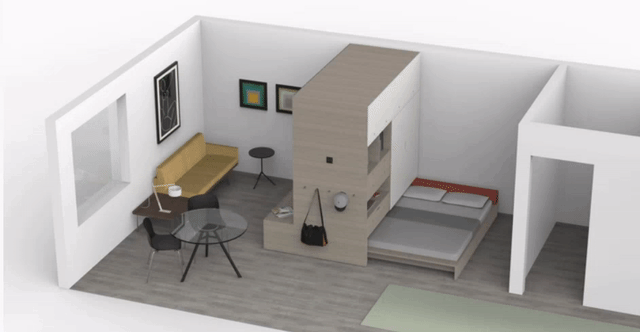
Living structures
Rachel Armstrong challenges the traditional “Victorian” means of building (i.e. taking from the environment and making an inert structure) deeming it unsustainable in the face of population growth.
Instead, she proposes a paradigm shift in creating structures of “metabolic materials” which grow themselves and regenerate to evolve with time.
Basically, structures that “build themselves”.

